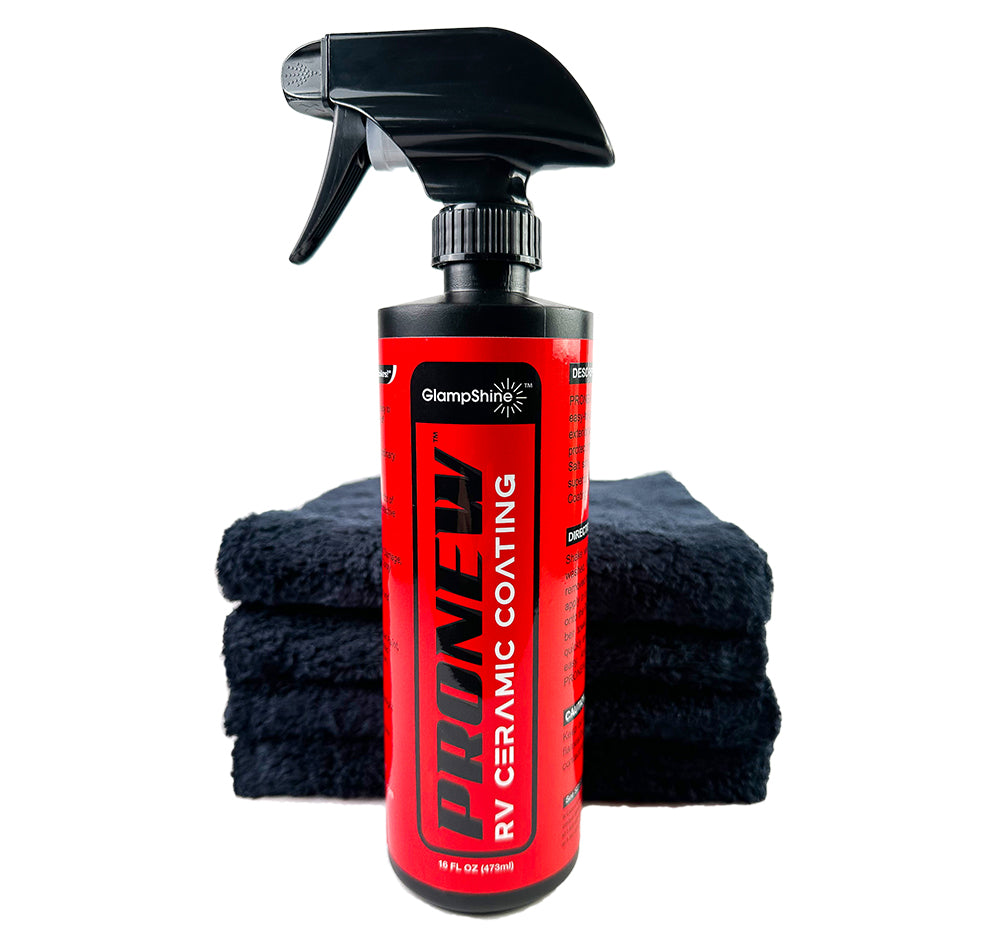Specialized Solutions for All Automobile Kinds with Ceramic Coating Philadelphia
Specialized Solutions for All Automobile Kinds with Ceramic Coating Philadelphia
Blog Article
Why Ceramic Covering Is the Ultimate Option for a Perfect Complete
Ceramic finishing has emerged as a leading option for those looking for a flawless finish for their vehicles, thanks to its exceptional longevity and safety attributes. What factors really established ceramic finishing apart?
What Is Ceramic Covering?

When used correctly, ceramic coating creates a hydrophobic surface area that fends off water and dust, making it easier to keep and clean. Unlike conventional waxes or sealants, which typically offer brief protection, ceramic layers can last for several years, depending upon the item top quality and application method. The process of using ceramic layer calls for thorough preparation, including complete cleaning and often paint adjustment, to ensure optimum bonding and effectiveness.
Ceramic finishes are not restricted to vehicle surface areas; they can also be used on various products, including glass, metal, and plastics, giving a functional remedy for improving defense. Generally, ceramic covering represents a considerable improvement in surface area security innovation, incorporating both aesthetic and functional advantages for a wide variety of applications.
Advantages of Ceramic Covering
While several surface area defense options exist, the benefits of ceramic finish attract attention as a result of its unique homes and durable performance. Among the main benefits is its phenomenal sturdiness. Ceramic Coating Philadelphia. Unlike typical wax or sealants that need frequent reapplication, ceramic coatings offer a resistant layer that can last for numerous years, dramatically lowering maintenance initiatives
Another notable benefit is improved defense against environmental contaminants. Ceramic layers create a hydrophobic surface that fends off water, dirt, and numerous contaminants, making it easier to cleanse. This feature not only maintains the car's appearance yet likewise lessens the danger of corrosion and oxidation, especially in harsh climate condition.
Additionally, ceramic layers use premium resistance to UV rays, avoiding fading and destruction of paint in time. This UV security is important for keeping the aesthetic value of lorries and surface areas revealed to guide sunlight.
Additionally, the shiny surface achieved with ceramic covering boosts the general aesthetic appeal, offering surfaces a showroom-quality sparkle. On the whole, ceramic finishings represent a considerable improvement in surface area security technology, providing enduring advantages that satisfy both visual and practical demands.
Exactly How It Works
Comprehending the scientific research behind ceramic finishes exposes how they supply such remarkable protection and durability. At its core, a ceramic layer is a fluid polymer that chemically bonds with the vehicle's factory paint.
The application procedure involves multiple steps, consisting of surface area prep work, which is crucial to accomplishing optimum attachment. Once applied, the layer undertakes a treating procedure, during which it solidifies and develops a semi-permanent bond with the paint surface area. This bond is what identifies ceramic coatings from standard waxes and sealers, giving a longer-lasting safety obstacle that can endure for years.
In addition, the density of the coating can enhance its protective high qualities, guaranteeing that it can hold up against rough problems. Ultimately, the scientific research of ceramic finishes incorporates innovative materials with ingenious application techniques to supply an unrivaled level of security and aesthetic improvement for cars.
Comparison With Standard Techniques
The benefits of ceramic finishes come to be particularly noticeable when contrasted to conventional paint security approaches Related Site such as waxes and sealants. While waxes use a temporary sparkle, generally lasting a couple of weeks to a couple of months, ceramic coverings offer a long-lasting protective layer that can endure for a number of go now years. This sturdiness substantially lowers the frequency of reapplication, making ceramic coverings an extra economical solution gradually.
In addition, typical approaches typically require comprehensive preparation and multiple applications to attain an acceptable degree of protection. On the other hand, ceramic coverings bond at a molecular level with the car's surface area, creating a durable guard against environmental impurities like UV rays, acid rainfall, and roadway salts. This bond enhances the lorry's resistance to scratches and swirl marks, which prevail with typical waxes and sealants.
In addition, the hydrophobic homes of ceramic finishings fend off water and dirt, resulting in less complicated cleansing and upkeep. In contrast, wax and sealant-treated surface areas can draw in gunk, demanding even more constant washing - Ceramic Coating Philadelphia. Overall, ceramic finishings not only provide superior protection but additionally deliver a more enduring and aesthetically enticing surface, developing them as the favored choice for discerning automobile owners
Application and Maintenance Tips

Utilizing a foam applicator, apply the layer in little areas, adhering to the maker's standards regarding density and overlap. Enable adequate treating time between coats, normally 24 hr, to make certain proper bonding. After application, it is critical to avoid exposure to water or harsh aspects for at the very least a week to enable the finishing to fully heal.
For upkeep, wash the automobile on a regular basis with pH-balanced soaps and prevent unpleasant products. Touchless vehicle laundries are recommended to reduce damaging. In addition, utilizing a ceramic upkeep spray can boost the layer's hydrophobic properties and long life. Regular inspections for any type of signs of wear will certainly assist keep the coating's honesty and preserve that immaculate finish.
Verdict
To conclude, ceramic finish arises as a premium choice for accomplishing a perfect auto finish. Its remarkable durability, safety top qualities, and hydrophobic properties considerably boost the vehicle's appearance while get more streamlining upkeep initiatives. By developing a robust bond with factory paint, ceramic finishing efficiently guards versus scrapes, UV rays, and environmental contaminants. With a lifespan prolonging numerous years, this advanced service not only preserves yet likewise raises the overall visual appeal of cars, making it an economical financial investment for cars and truck lovers.

Report this page